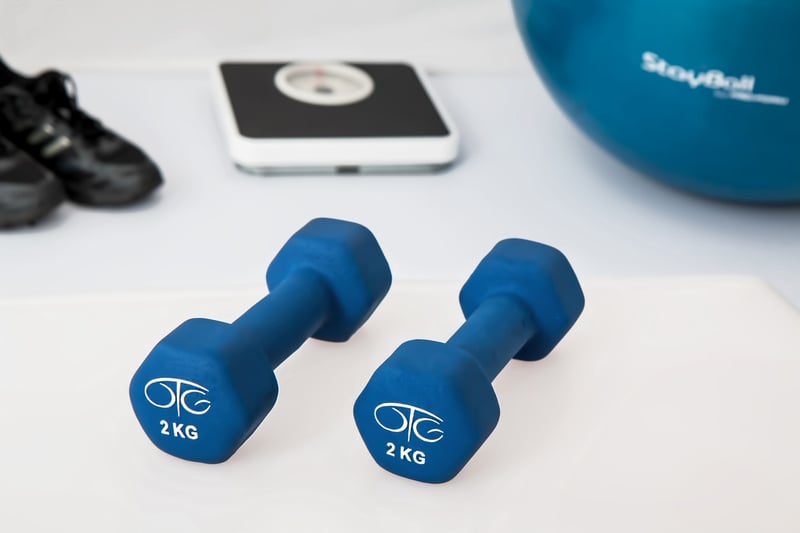Therapeutic Dance Styles
Utilizing Dance for Emotional Healing
Dance has been used for centuries as a form of expression, celebration, and healing. The rhythmic movement of dance can be a powerful tool for processing emotions, releasing stress, and fostering overall well-being. Various therapeutic dance styles have emerged that specifically focus on harnessing the healing power of movement. Let's explore some of these therapeutic dance styles and how they can benefit emotional healing:
1. Ecstatic Dance
Ecstatic dance is a form of freeform movement where participants are encouraged to let go of inhibitions and move their bodies in ways that feel natural and authentic. This style of dance is often accompanied by uplifting music and creates a safe space for individuals to express themselves fully. Ecstatic dance can be a cathartic experience, allowing participants to release pent-up emotions and connect with their inner selves.

2. Dance Movement Therapy
Dance movement therapy is a type of psychotherapy that uses movement and dance to support intellectual, emotional, and motor functions of the body. Through guided movement exercises and self-expression, individuals can explore their emotions, improve self-esteem, and develop healthy coping mechanisms. Dance movement therapy is particularly beneficial for individuals dealing with trauma, anxiety, or depression.

3. Biodanza
Biodanza is a system of self-development that uses music, movement, and authentic human encounters to promote personal growth and emotional healing. Participants engage in structured group dances and exercises designed to enhance vitality, creativity, and connection with others. Biodanza can help individuals cultivate a sense of joy, harmony, and emotional balance.

Whether you're looking to release stress, process emotions, or simply connect with your body in a new way, therapeutic dance styles offer a unique and powerful avenue for emotional healing. So put on your dancing shoes, let the music guide you, and dance your way to greater well-being!
References:
